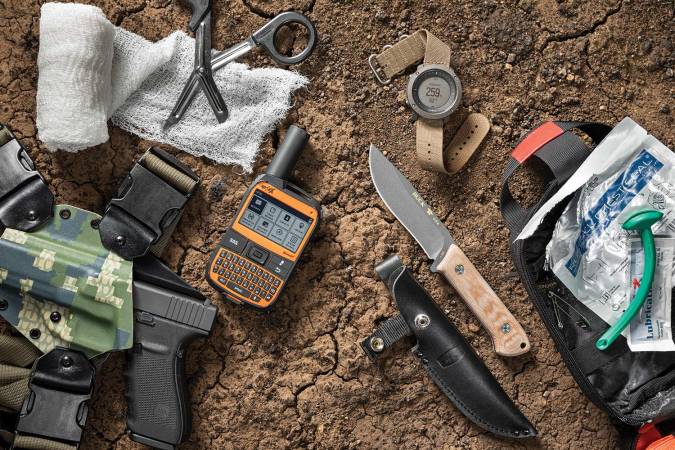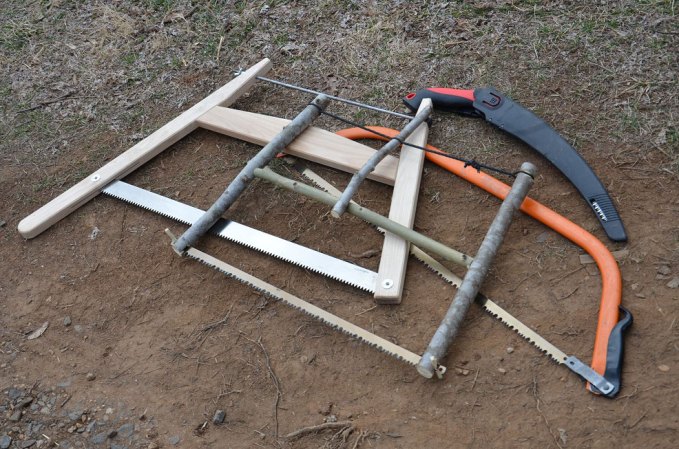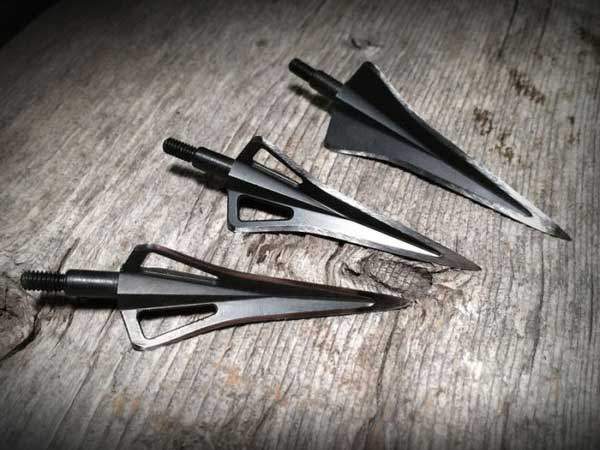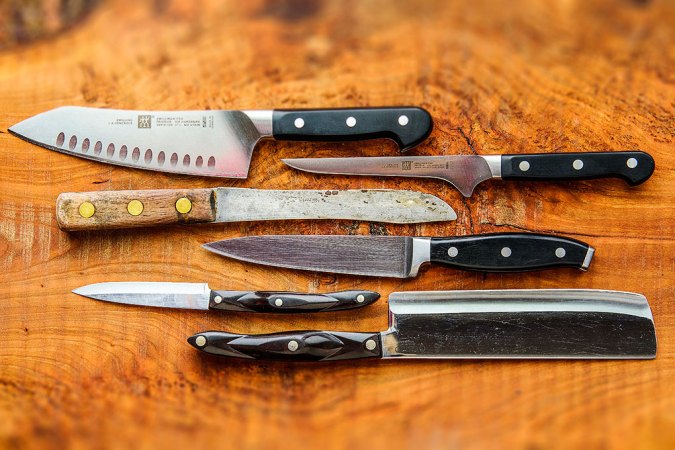We may earn revenue from the products available on this page and participate in affiliate programs. Learn More ›
A good axe or hatchet can be a major player in camp life. This tool provides us with high-quality split firewood, and it saves us a lot of labor and time. It can help with specialized tasks also, like bow-making, bowl carving, and making camp furniture. But be careful! The axe is also one of the most dangerous tools in the woods.
SAFETY FIRST
—Don’t swing an axe downward in a “circle.” If you miss your target, you’ll chop into your knee, shin or foot. Instead, straighten out your swing at the end of the chop and drive the axe into your chopping block. And yes, you should be using a chopping block
—Keep the axe head covered when transporting it. You should also use the cover while staying in camp, instead of leaving the tool lying around or stuck in a tree or a stump.
—When cutting branches off a tree, or putting in a notch to fell a tree – NEVER chop upward! A glancing blow can drive the axe into your neck, face or head.
—Never swing an axe with a loose head. The axe head may literally “fly off the handle” and injure someone.
MAINTENANCE SECOND
When maintaining an axe, you’re really caring for two different materials – the metal axe head and the wooden axe handle. Your main chores with the axe head are rust removal and prevention, and sharpening the edge of the axe. A little rust is inevitable, and this can be easily removed by scouring the axe head with steel wool. Once cleaned, apply a thin coating of gun oil to prevent future rust. Other oils will work, in fact the pioneers used pig fat or bees wax to protect their tools, but gun oil is your best bet. It will dry somewhat once it’s applied and it’s long lasting. Your axe handle can be cleaned with a quick scouring of steel wool or fine grit sand paper. The handles useful life can be extended with an occasional wipe of boiled linseed oil. Make sure you choose boiled linseed oil, not the raw version. Raw linseed oil leaves a sticky residue that will not dry. A final handle chore involves the hafting. If an axe head becomes loose, you can try adjusting the wedges that hold it in place, but your best choice is to remove the wedge and rework the hafting. Or you could replace the handle.
STAY SHARP
A dull axe edge can be a dangerous liability, as you have to swing the axe harder to make your cuts. This situation is made even more treacherous when you are way out in the woods where an axe mishap could leave you seriously injured and far from help. Lucky for us, axe sharpening is not much different than knife sharpening.
File Sharpening Start by sharpening nicked or seriously dull axes with a file. File from the back of the axe head, toward the edge and out. Work both sides of the axe equally, counting strokes if want to get it perfect. File until the blade edge is beginning to feel sharp again, and any chips or nicks in the edge have been eliminated.
Stone Sharpening
If you’re done filing, or didn’t need to start with that, you can move your axe to the whet stone. Some folks like to scrape the stone on the blade. I prefer to move the blade against a stationary stone. Lube with oil or water as you normally would with that stone. Go with water if you’re not sure that your stone likes to drink. I grind axes with little circles, going from one side of the edge to the other, counting strokes and matching that on the other side. If the blade develops a bur, whet stone the side with the bur (or strop both sides) until it is gone.
Do you have a favorite axe that you’ve maintained for years? Please share your story by leaving a comment.















